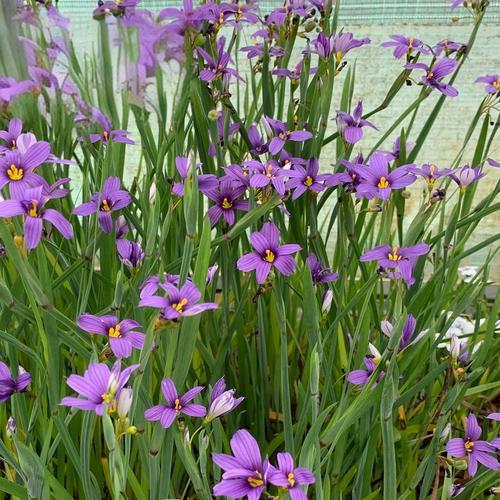Iris sisyrinchium seed Moraea sisyrinchium seed
Iris sisyrinchium / Moraea sisyrinchium: Uses, Properties, and Significance
Iris sisyrinchium, also known as Moraea sisyrinchium, is a perennial herbaceous plant belonging to the Iridaceae family. It is native to the Mediterranean region and parts of southern Europe and North Africa. This species is sometimes confused with others in the Moraea genus due to historical reclassifications. The plant is known for its striking, iris-like flowers and its ability to thrive in dry, rocky soils, making it a resilient species in arid climates.
Botanical Description
Moraea sisyrinchium typically grows from small corms and produces slender, grass-like leaves and delicate flowers, often in shades of pale blue or violet. The plant blooms in late spring or early summer and prefers well-drained soil with full sun exposure.
Traditional and Modern Uses
1. Ornamental Use
-
Garden Cultivation: Due to its compact growth and attractive flowers, Moraea sisyrinchium is widely used as an ornamental plant in rock gardens, borders, and containers. It is especially valued in Mediterranean-style gardens.
-
Drought-Tolerant Landscaping: It is an excellent choice for xeriscaping (low-water landscaping) due to its resistance to drought.
2. Medicinal and Ethnobotanical Uses
While Moraea sisyrinchium is not a major medicinal plant, in some traditional practices:
-
It has been reported that certain Moraea species were used for their mild diuretic or emollient properties, though concrete scientific studies on M. sisyrinchium are limited.
-
Crushed bulbs or leaves from related species have sometimes been used in folk remedies, but caution is advised as many Iridaceae plants contain toxic compounds.
3. Ecological Importance
-
The flowers of Moraea sisyrinchium attract various pollinators, including bees and small insects, contributing to local biodiversity.
-
It plays a minor role in stabilizing dry and sandy soils due to its underground corm system.
Cautions and Toxicity
Like many members of the Iridaceae family, some parts of the plant, particularly the corms, may contain compounds that are mildly toxic if ingested. They may cause gastrointestinal discomfort in humans and animals. As such, it is recommended to handle the plant with care and keep it away from pets and children if planted in a home garden.
Conservation and Cultivation
-
Not considered endangered, but local populations could be threatened by urbanization or habitat destruction in some regions.
-
It is propagated through division of corms or seeds. Cultivators favor it for its ease of maintenance and resistance to pests.
Conclusion
Iris sisyrinchium / Moraea sisyrinchium is a modest yet beautiful plant with ornamental value and ecological benefits. While its direct medicinal use is limited and not well-studied, it contributes to garden aesthetics and biodiversity. Its ability to thrive in challenging climates makes it an ideal choice for sustainable landscaping in dry regions.

